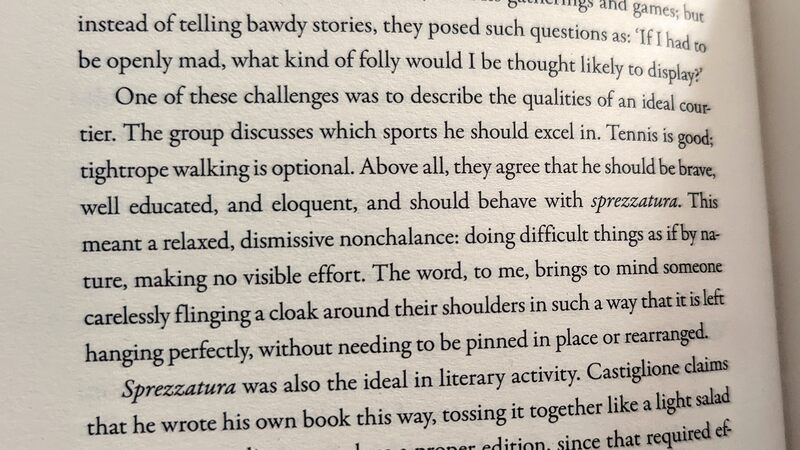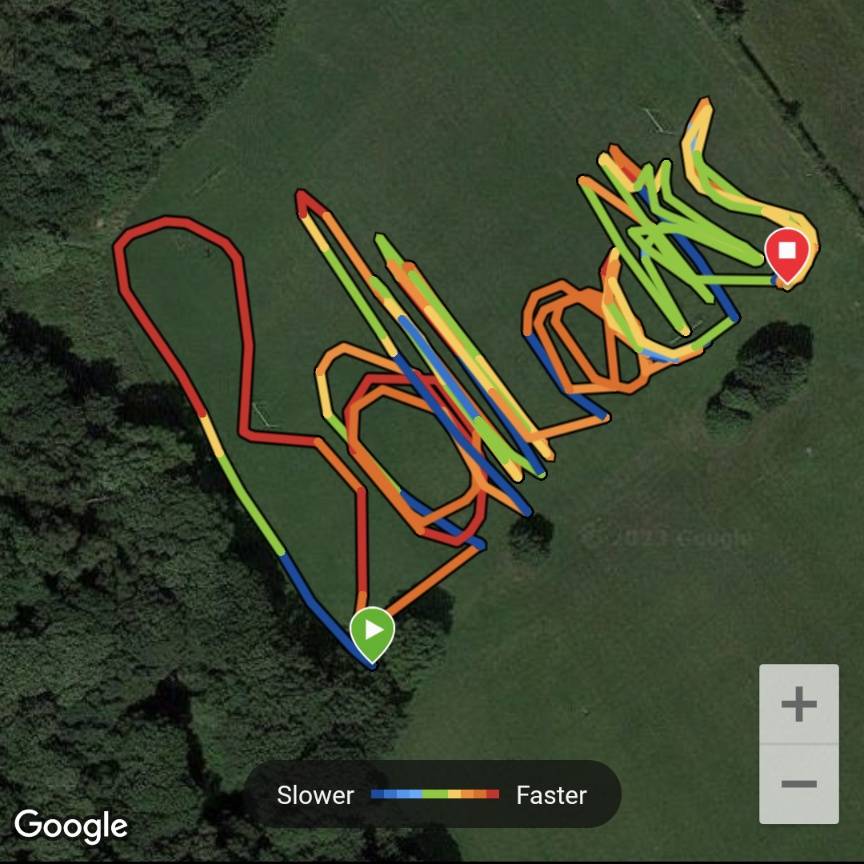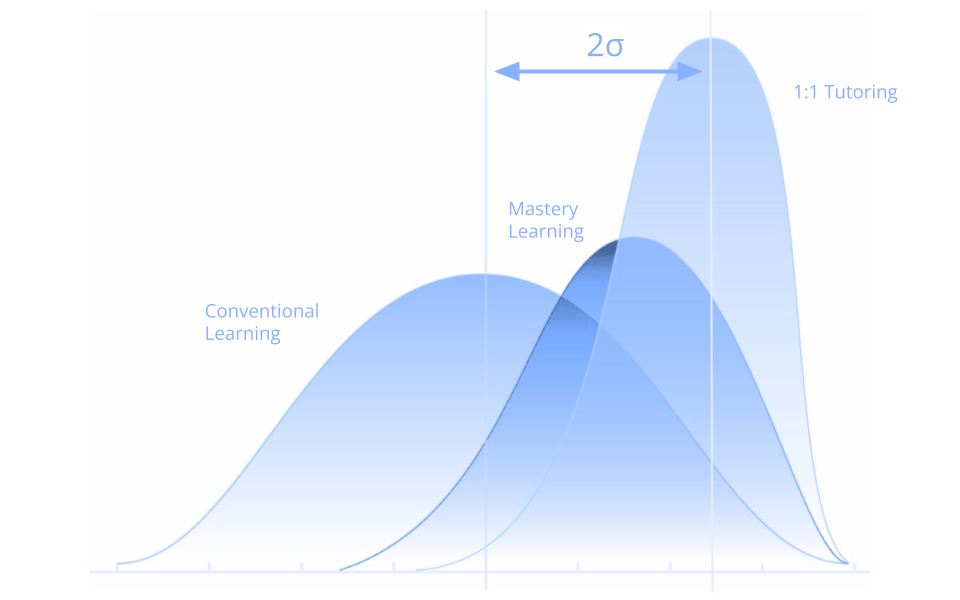Weeknote 21/2023

It’s Bank Holiday Monday and I haven’t yet written last week’s weeknote. That is to say, I’m writing it now, a day late. I haven’t got the energy or inclination to use florid language, so you’re getting bullet points.
Last week, I was mostly:
- Publishing a couple of blog posts here: Using AI to help solve Bloom’s Two Sigma Problem and The everyday essence of creativity I also published Open Recognition: Towards a Practical Utopia on the WAO blog.
- Posting a few things to Thought Shrapnel: Almhouses as a way forward for social housing, Meredith Whittaker on AI doomerism, and Playing the right game.
- Recording an episode of The Tao of WAO podcast which will probably go out as part of Season 7 (even though Laura and I haven’t released Season 6 yet!)
- Looking after my son, who had a raging temperature at the start of the week. It turned out to be tonsillitis and, to his credit, he soldiered on, sitting all of his scheduled GCSE exams as well as going to his school prom.
- Taking my daughter to her last Newcastle United Emerging Talent Centre (ETC) session for this season. Hopefully she’ll get in next year, as her report was pretty glowing. She went immediately off to Scout Camp for the long weekend and seems to have had a good time.
- Buying my son a new bed, as he’s had a bunk bed (at his own request!) for the last nine years. He’s now got a double bed and, coupled with the high ceilings in our house, he feels like his room has a lot more space all of a sudden!
- Doing some more detailed planning with Laura and John for WAO’s roundtable at MozFest House in Amsterdam next month.
- Reaching a 50 day streak on Duolingo in Spanish. I’ve had a streak of more than a year before, but lost it when crossing multiple timezones. I ended up going for Super Duolingo despite the fact that I don’t tend to use it for speaking. Yes, I’d like to learn conversational Spanish, but I want to do so in conversation. Duolingo is amazing for feeling like you’re learning how to listen and read a different language almost by osmosis.
- Getting back to running, which has been a relief. My ankle seems to be better, but it took more than three weeks! Must have just been a tendon thing that needed rest.
- Refactoring the ‘Reframing Recognition’ email course I’ve been working on in fits-and-starts over the last month. I’ve simplified it a lot, based on iternal WAO feedback I’ve received.
- Updating and transferring the ‘How to set up a worker co-op’ course to the workers.coop website. I had some great feedback from the Member Learning group. The page is live, but it’s not linked to from anywhere or launched yet.
- Transcribing some podcast episodes using Sonix.ai, which although a little pricey is excellent (and cheaper than my own time!) I’ve been working on Season 6 which we’ll release soon.
- Working on client projects, as usual. Everything’s going well, but as ever we probably need to do some business development for after the summer.
This week is half-term and Hannah‘s taking time off to spend with the kids. I’ve got today, which I’ve largely wasted by sleeping in, going to the gym, reading, and playing video games. Oh wait, those are the things I enjoy doing 😂
Image from a page of Sarah Bakewell’s excellent Humanly Possible: Seven Hundred Years of Humanist Freethinking, Inquiry, and Hope, which I’m reading at the moment in hardback. There’s a great interview with her about the book and its origins in this podcast episode.


